Affiliate links on Android Authority may earn us a commission. Learn more.
Google investigating Pixel 2 XL screen burn-in reports
Published onOctober 23, 2017
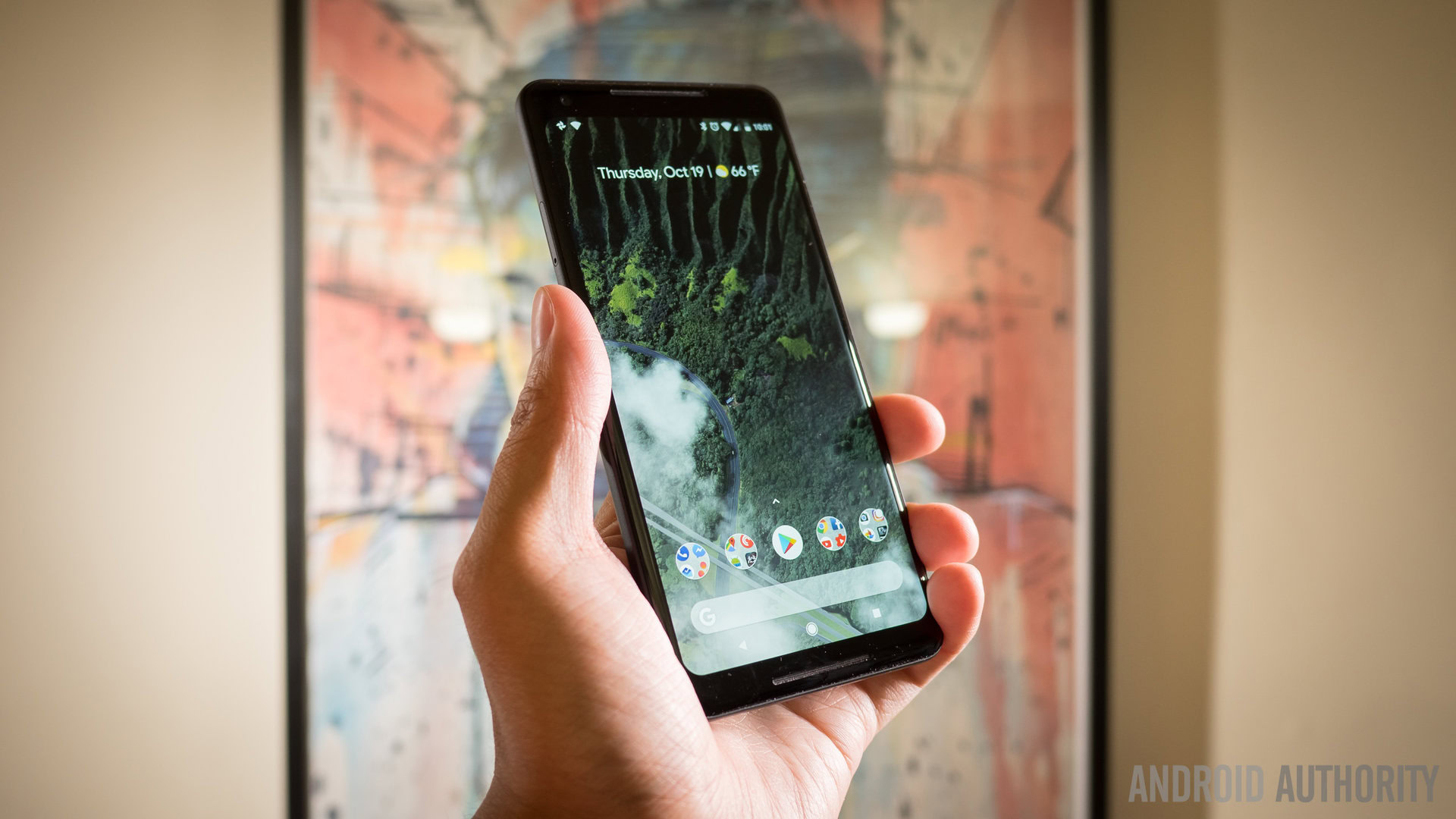
The Pixel 2 and Pixel 2 XL, Google’s latest flagship phones, were made available last week. The new handsets have been met with much excitement, as you might expect, but also some worrying reports.
Last week, we discussed comments that had appeared online regarding the Pixel 2 XL’s display, namely that it seemed undersaturated, and that it suffered some kind of blockiness/distortion in low-light. We looked at the situation in more depth over the weekend and concluded that it might be enough to make one reconsider purchasing the device.
Subsequently, reports of another potential screen problem have appeared online, this time related to burn-in.
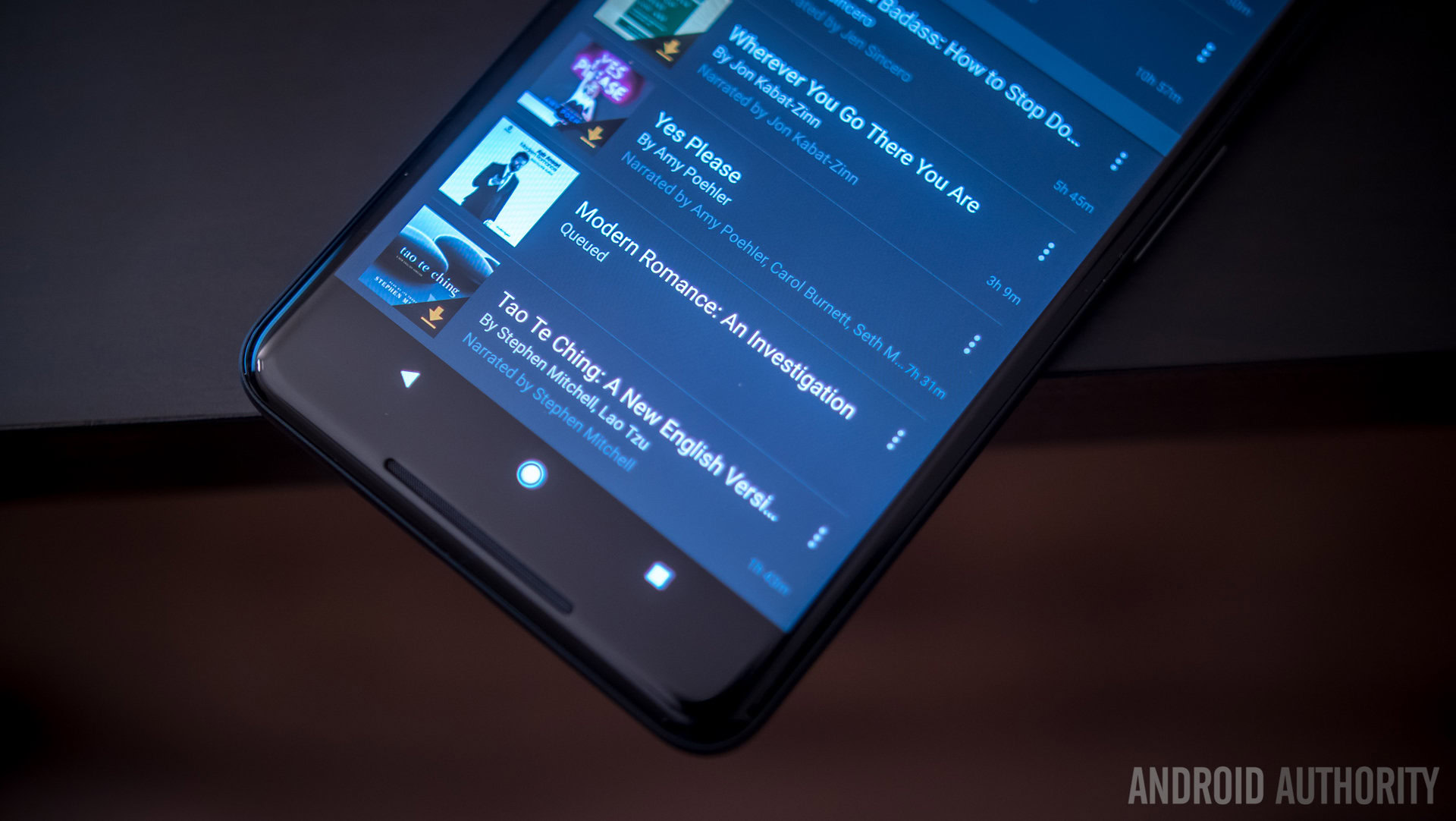
Screen burn-in is an issue that typically affects OLED screens as they age. Because the light producing components of a screen decay at different rates depending on what is being displayed, those which are active longer/used more are worn faster than those that aren’t. This is why displaying a static image — like a navigation bar on a phone — can be particularly problematic: this area often displays a very saturated (black) image whenever the phone is in use. The result is that a trace is sometimes left behind when the screen is switched off after extended periods of use, and it can be permanent (or it can be temporary, as with “screen retention”).
It usually takes a while for this kind of display wear to build up depending on factors like screen brightness, the image being displayed, and the type of hardware — it could take years. However, according to Alex Dobie of Android Central, this is apparent on the Google Pixel 2 XL he has been using after just a week or normal use: check it out below.
That’s some pretty wild OLED burn-in on the Pixel 2 XL after maybe 7 days of full-time use pic.twitter.com/EPJTs6D0Kg— Alex Dobie (@alexdobie) October 22, 2017
What this looks like is that the nav bar across the bottom of the screen has already been burnt into the display, while the navigation buttons don’t appear to have decayed in the same way. Dobie also went on to say that this wasn’t noticeable on the regular Pixel 2, just the XL.
Google has since responded in a statement to The Verge. It’s mostly waffle, but the company does address the issue in the last sentence.
The Pixel 2 XL screen has been designed with an advanced POLED technology, including QHD+ resolution, wide color gamut, and high contrast ratio for natural and beautiful colors and renderings. We put all of our products through extensive quality testing before launch and in the manufacturing of every unit. We are actively investigating this report.
What Google will do about this, should it discover that it’s a widespread and significant problem (right now we don’t know how many users are experiencing something like this), remains to be seen. The company already stated last week that it was considering offering other color options for the Pixel 2 XL display based on feedback, but it may struggle to provide a suitable software solution for burn-in.
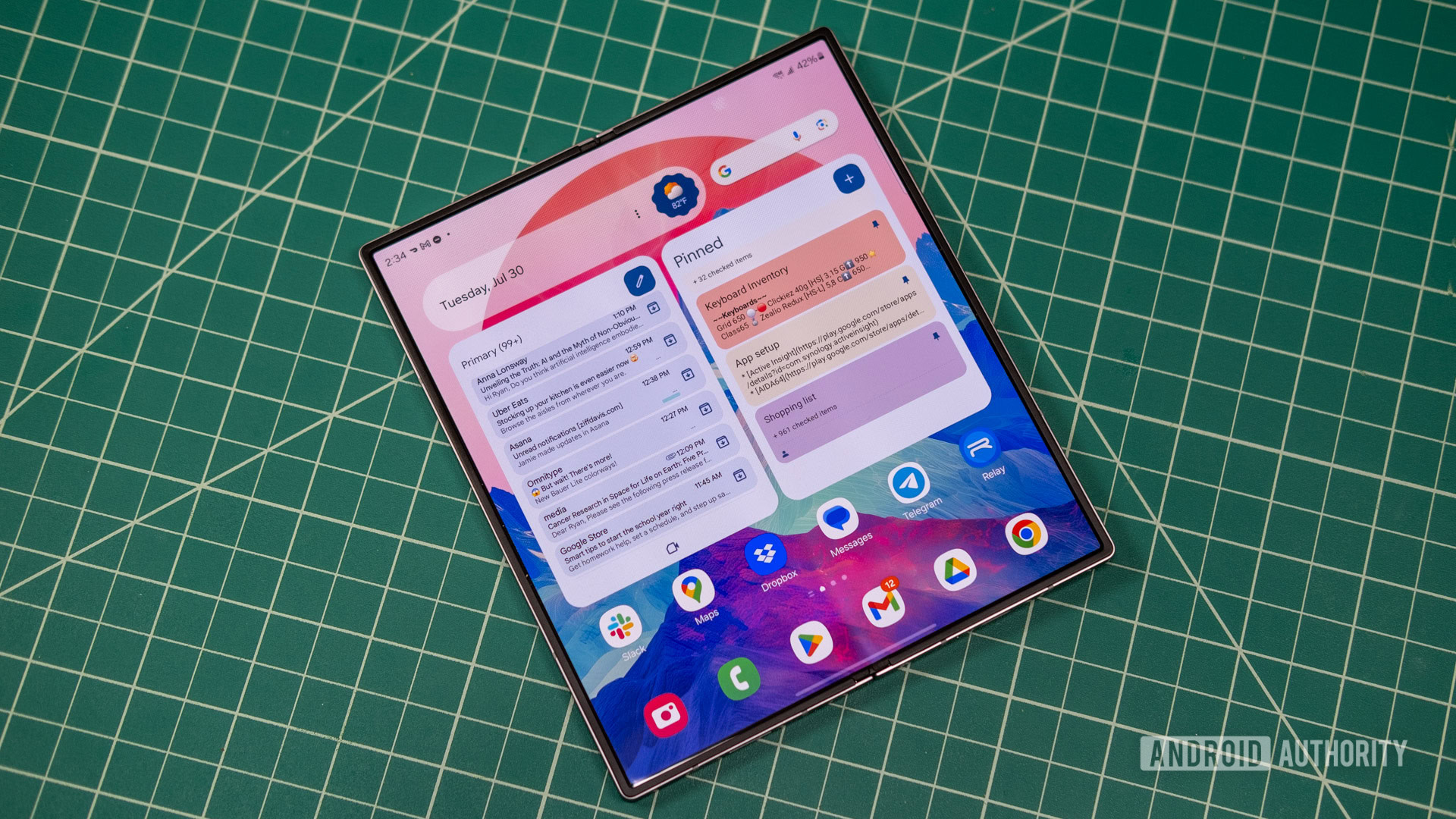
That said, Google already does have a solution, of a sort, in place in that the Pixel 2 and Pixel 2 XL don’t always use a black navigation bar: its appearance changes depending on what’s currently being done on screen. This should go some way to reducing the wear build-up in this area of the screen.
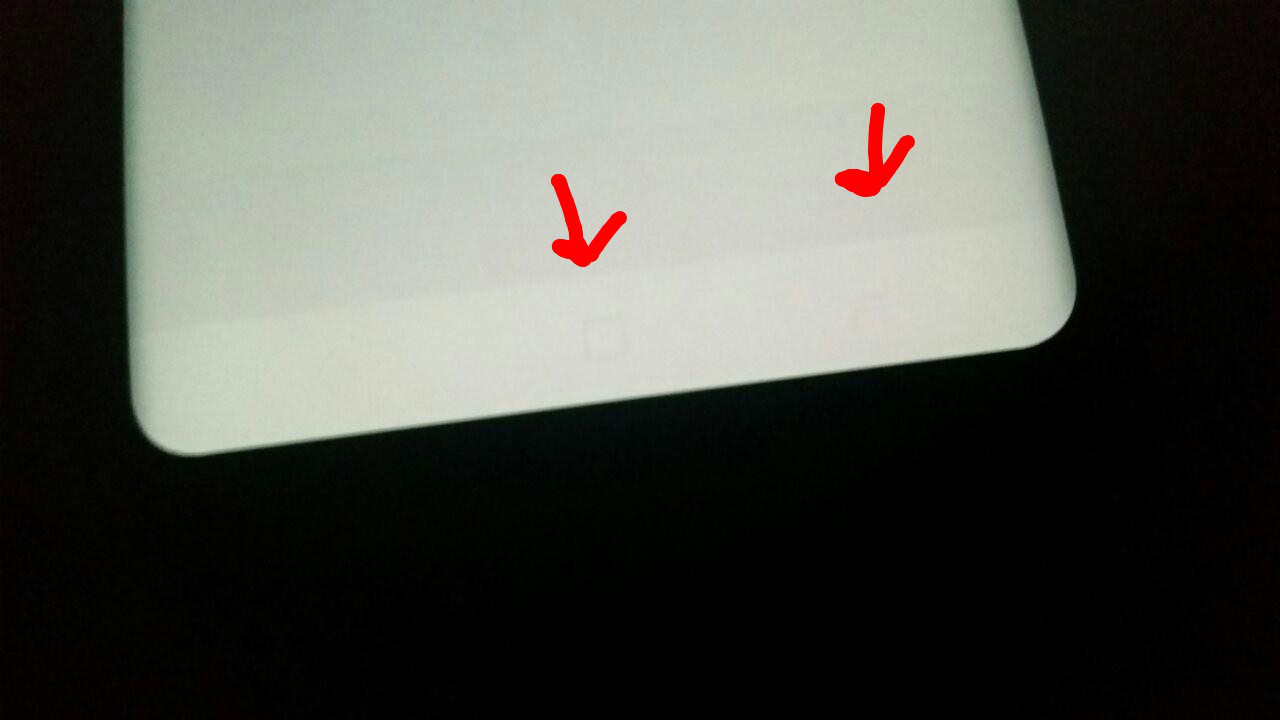
We’ve already said that you might want to reconsider a Pixel 2 XL purchase based on the previously reported issues, and that still stands. However, after reading comments from people who now say they will pick up a Galaxy S8 instead of the Pixel 2 XL, there’s something I must point out: there were complaints about screen burn-in on that device, too (see the image above).
In fact, there were also complaints that the S8 had a pinkish display. The Nexus 6 screen was reported to be too yellow, as was the Nexus 5X’s. The OnePlus 5, meanwhile, was said to have a wobbly screen when scrolling fast. Then there were comments regarding a “screen flicker” on the LG G6 earlier this year too.
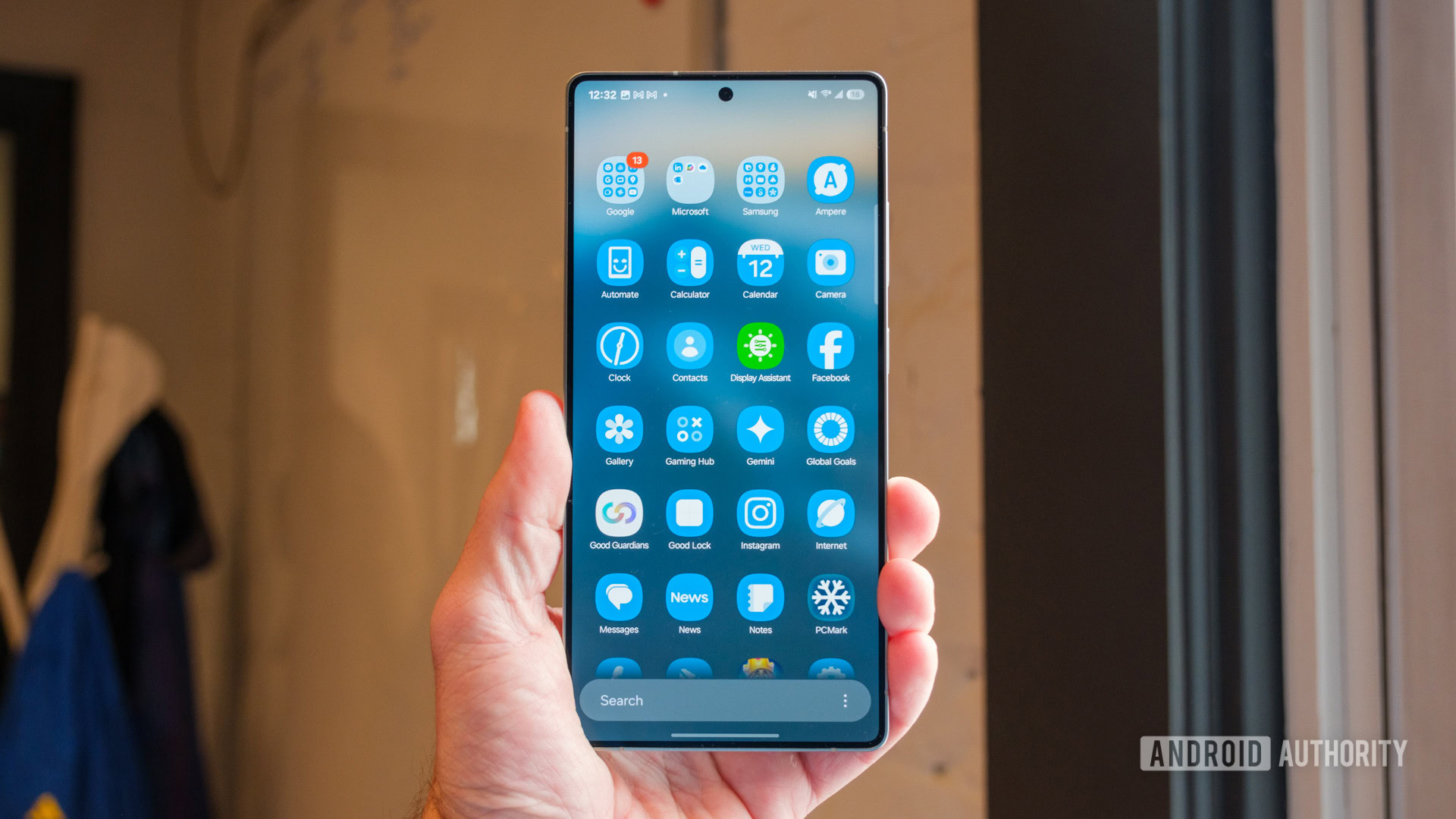
I’m not trying to douse the flames, here, if this is a serious problem Google needs to address it. I’m just saying, if you’re immediate thought is to go and find an Android phone with a screen that nobody ever had a problem with, good luck.
Has the Google Pixel XL’s screen problems put you off buying one? Let us know in the comments.